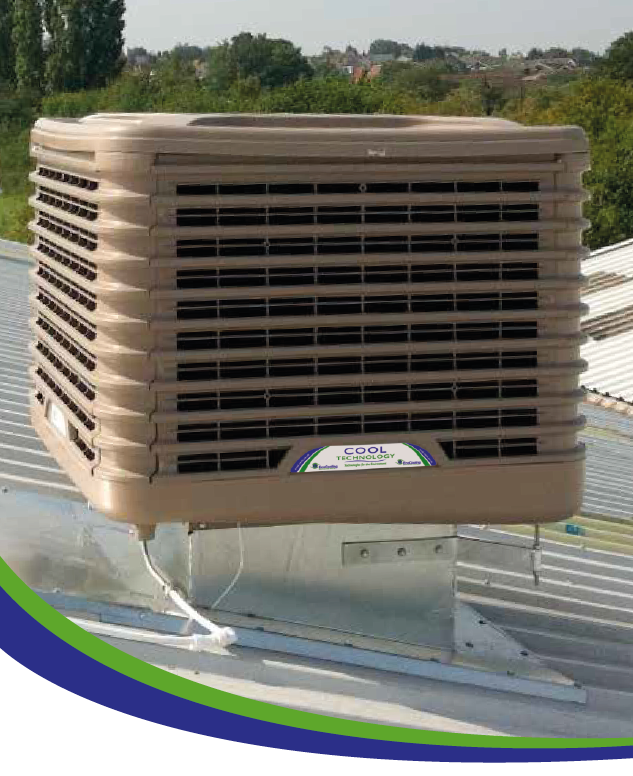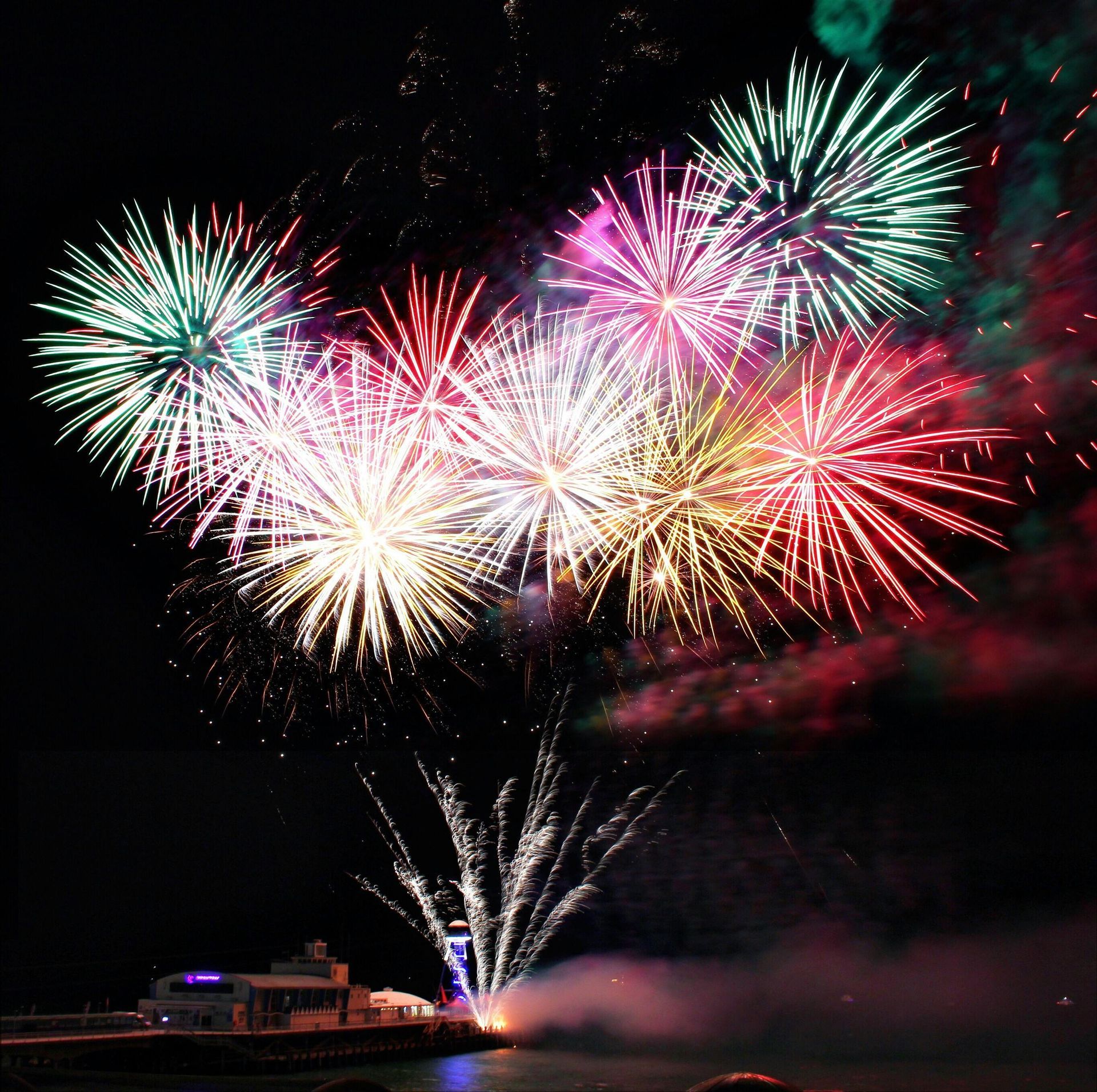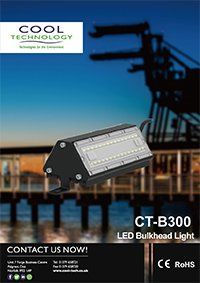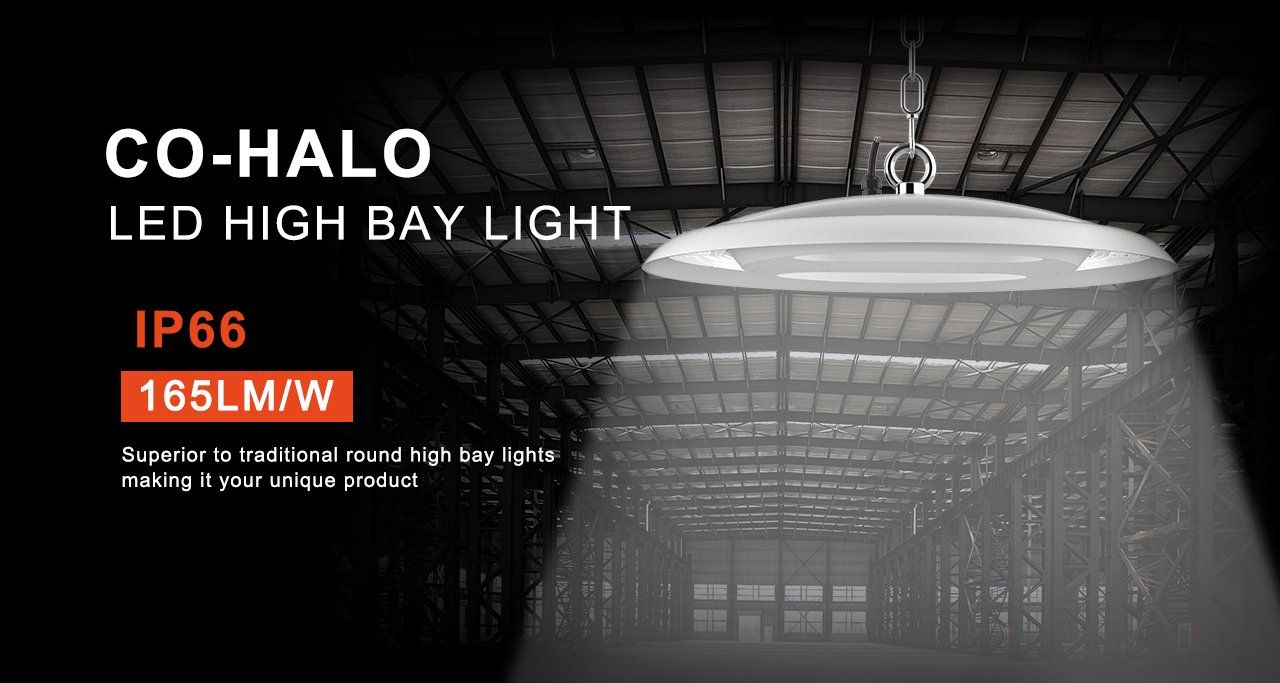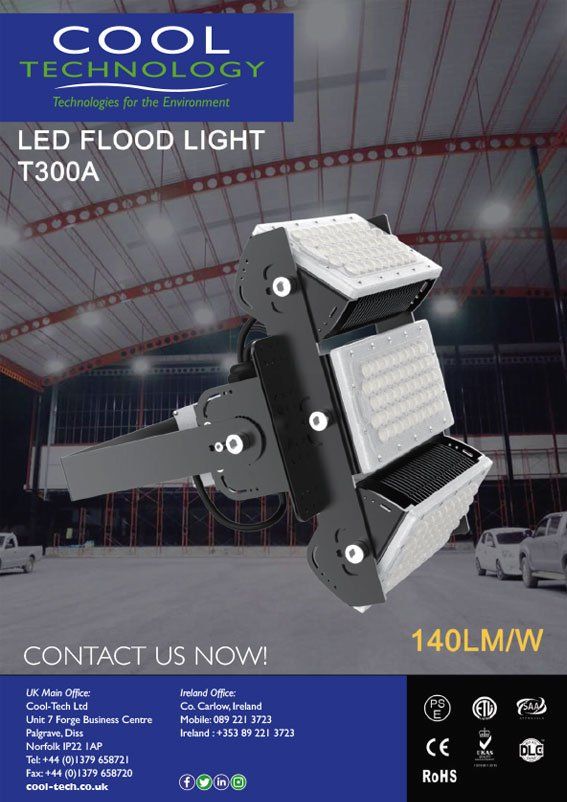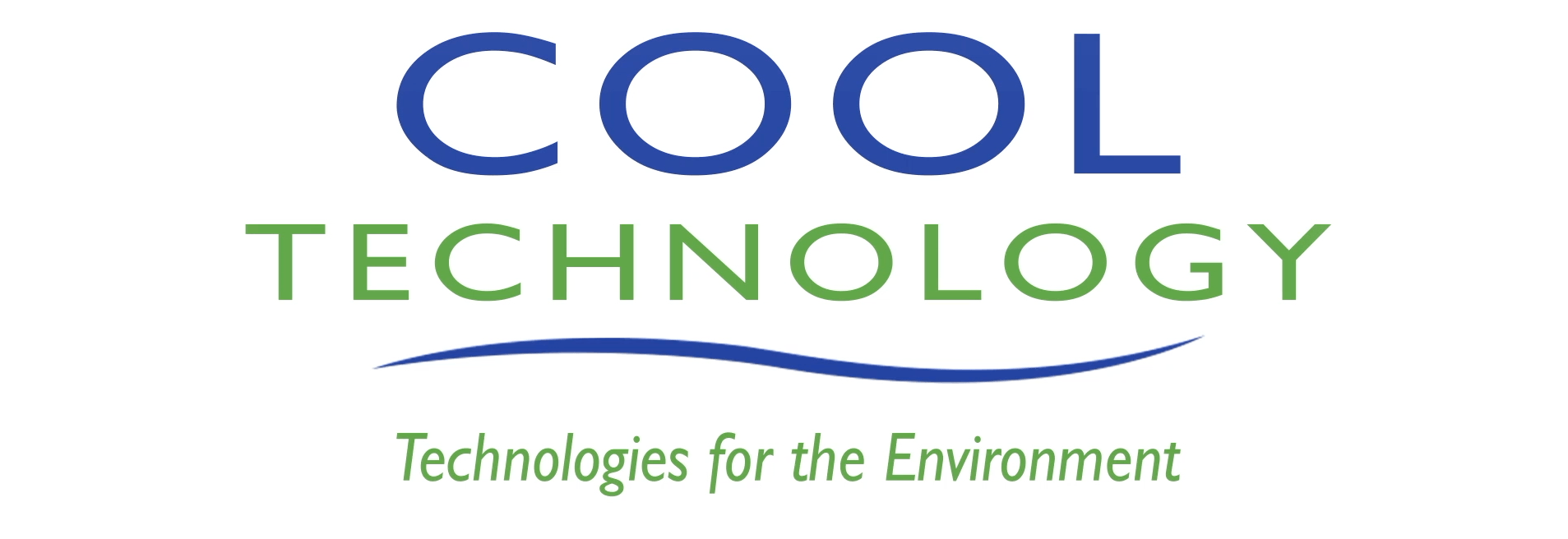Here comes the summer – Exploring industrial cooling
We’ve discussed it before: the higher the temperatures in workplaces soar, the worse humans feel and the more machinery, equipment and processes can suffer. It’s clearly becoming more of an issue as the climate warms but there’s a solution. Excitingly, unlike many solutions to potentially expensive problems, it’s actually relatively simple and saves a heap of money.
Evaporative cooling regulates the temperature beautifully no matter how hot it is outdoors or how much heat your business generates. Everything will keep on running safely and efficiently. And it costs a fraction of the amount it takes to run ordinary aircon. So let’s explore a bunch of different scenarios where evaporative cooler tech scores high.
The best way to cool a factory
Factories often use vast amounts of energy to keep cool, particularly when the equipment and machinery themselves generate heat. But sky high operating expenses and a significant carbon footprint are the last thing business owners need.
Factories are often large, open plan areas with high ceilings. Traditional air conditioning systems quickly rack up the cost by using large amounts of energy. When you harness eco-cooling as part of the factory’s mechanical ventilation system there’s no need for nasty chemical refrigerants, it’s low cost, it’s environmentally conscious and you can leave the doors and windows open as long as you like – it still stays lovely and cool inside. Clever or what!
The best way to cool a commercial laundry
Laundry cooling systems matter when the context naturally means things get unusually steamy and hot. All that washing and drying on a large scale shunts out extraordinary amounts of heat, made worse on a sunny summer’s day. If the ventilation isn’t up to scratch it can soon become unbearable, impacting your people and processes.
Evaporative laundry cooling gives you beautifully balanced ventilation using 100% clean, safe, fresh air, not recycled air, achieving optimal operational conditions for a fraction of the cost.
The best way to cool a warehouse
Warehouses are usually vast and airy. You’d think they’d stay pretty cool simply because of their size, but they quickly succumb to high temperatures. Add a mezzanine floor and because heat naturally rises, the higher you go the hotter it gets. In fact it gets around 1C hotter per metre of height. It’s pretty dramatic – you can probably feel it getting hotter as you climb the stairs.
You’d imagine it’d cost a fortune to heat a massive space but oddly, an evaporative warehouse cooling system used as part of a mechanical ventilation system comes with around 60% of the capital outlay you’d have to spend on regular aircon. At the same time it uses 90% less energy to run.
There’s more. The systems use 100% fresh air, making them environmentally friendly, and they’re 90% more efficient than traditional refrigerant-based systems. Fit just one unit and it can cover a huge area measuring 250 square metres while using the same amount of electricity as a kettle.
The best way to cool a pharmaceutical setting
Precise temperature control is an absolute must in the pharmaceutical sector to keep products stable, safe and effective. Storage has to be compliant with MHRA (Medicines and Healthcare products Regulatory Agency) standards, which regulate medicines, medical devices and blood components for transfusion in the UK. However hot it gets, companies in the sector must comply or risk thermal shock through fluctuating temperatures.
Evaporative cooling takes the biscuit here as well, both effective and compliant, using simple water vapour to do an excellent job of maintaining stable temperatures. The systems we recommend achieve the strict standards demanded by the MHRA, dovetailing beautifully with pharmaceutical storage, transport and distribution.
The best way to cool a food production facility
As you can imagine the same goes for food production facilities, where health and hygiene are also paramount. Food production companies benefit from the same startlingly low installation and running costs however hot it gets. You can even achieve perfect blanket cooling and spot cooling cleverly tailored to your space, and because this type of cooling adds humidity to the air it’s brilliant for settings where humidity is an asset, for example bakeries and wine production.
Want to talk Industrial Cooling Systems?
Come to us for the best-in-breed industrial cooling systems that cost less to fit and retrofit than regular aircon, keep your place cooler more reliably, use very little energy and need very little maintenance, all without refrigerant chemicals. We’ll help you become cooler and greener, and spend less on electricity.

